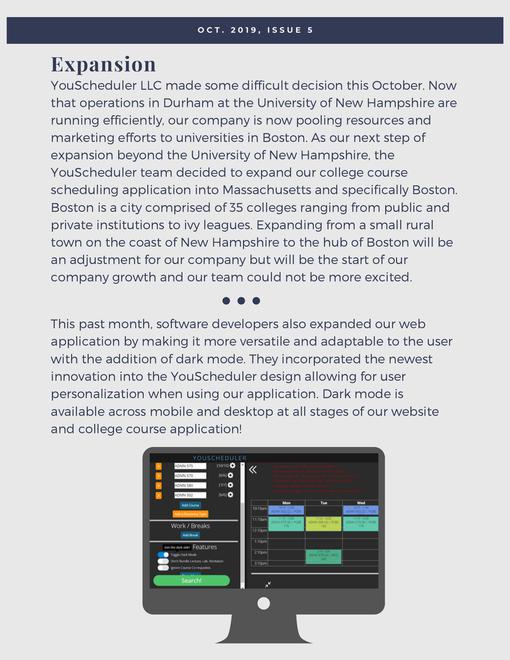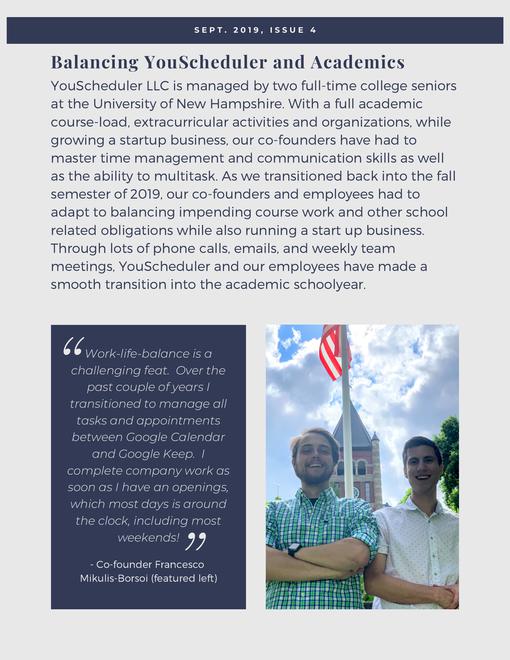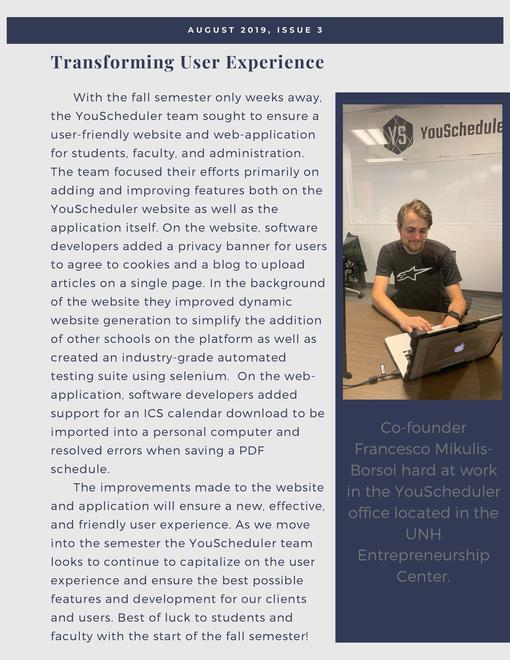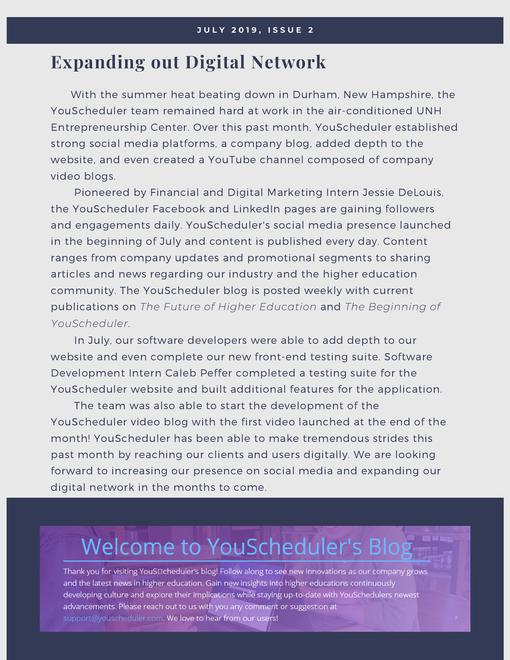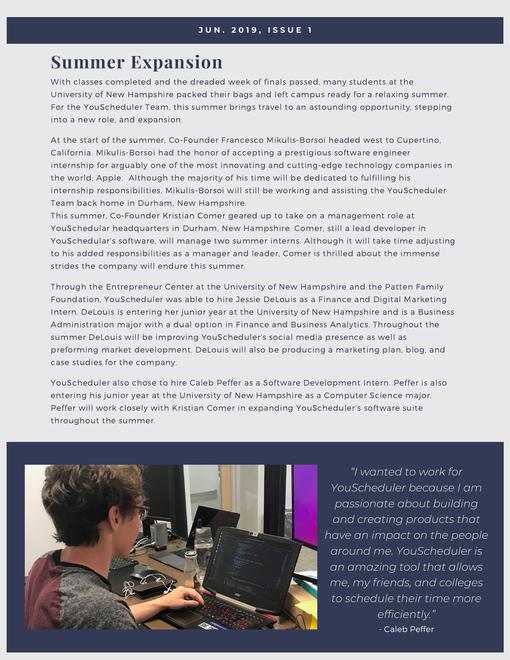College Resources Students NEED to Take Advantage of
All college campuses provide a wide variety of resources for their students that will aid in their health and wellbeing to their personal and academic success. There is a fitness center, academic and career services, health and wellness, dining services, campus library, and the list goes on and on. Now, the resources listed above are what I refer to as the “poster resources.” What do I mean by this? To answer that let's do a short activity: 1. Open a new tap on your browser and search your university 2. Go to the images tab 3. What do you see? Maybe a few aerial views of the prime locations on campus. Now keep scrolling down the pictures. There are pictures of your fitness center, football stadium, library, and dining hall even. There are even pictures of students working with faculty on campus. You may be thinking what is your point? My point is, universities use “poster resources” such as the fitness center, career and academic services, library and dining services as marketing tools. Universities capitalize on these amenities and resources on campus to attract prospective students. It is genius from a university standpoint because those are things parents and students look at when touring a university. How about when you are enrolled in your university? You still see the same resources plastered on walls, buses, and social media around campus. It is like you are in a time warp and feel sucked into only seeking the resources you visibly can see. That is not the case at all. You see after you are enrolled, it seems that it is now your responsibility as a student to seek additional resources you may need. Universities offer SO many resources and we as students are only exposed to a select few. It is not practical for a university to market or publicize all resources available on campus. There is just too much information that needs to be marketed and it is overwhelming for students and universities themselves at times. Marketing every resource and piece of information on campus would take a lot of time and planning to get the information to students. However, there needs to be a user friendly platform that enables students to seek additional resources when necessary. For resources such as a Bloomberg Terminal, SHARP, PACS, and even online resources such as Box and Handshake. There is a gap between student resources promoted on campus and those that maybe seem undervalued in the university's eye. It the cost of picking and choosing for a university. They choose to market one resource and the opportunity cost is other resources or information they could promote as well. Why, as college students, do we only a select few seek out additional support and others don’t? First off, it is overwhelming. There is SO much information, resources, clubs, organizations, and amenities on campus. Sometimes you don't even know where to start looking because there is just too much information. Now, say you have to pick classes for next semester. Where do you look and what resources do you use to create your schedule? When creating your schedule, you are not using the typical “poster resources.” You use online course catalogs as well as a scheduling tool like YouScheduler for example. Students need to think outside the box and look beyond the “poster resources” to find the best help or guidance. There is no practical way for a university to distribute all resources and information to students. As students, we must meet our university halfway and go out and search for the most useful resource for you. Search online and take a look because your university is equipped with the right resource for you at any given day or time!
November 18th, 2019
